Scientists have long known about the existence of microplastics, but they were unclear about their number and classification. That is until scientists at Columbia and Rutgers universities conducted a study on five samples of three popular brands of bottled water, and found that the density of microplastics ranged from 110,000 to 400,000 per liter, with an average of about 240,000.
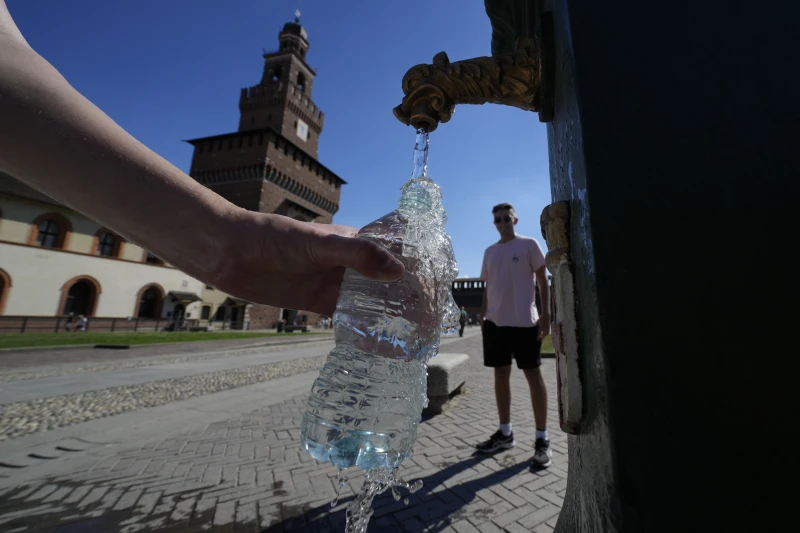
Microplastic concentrations ranged from 110,000 to 400,000 per liter of bottled water. Photo: AP
Are microplastics harmful to health?
The study, published in the Proceedings of the National Academy of Sciences on Monday (January 8), found that the microplastic particles were smaller than 1 micron, also known as a micrometer because it is one millionth of a meter. A human hair is about 83 microns wide.
Previous studies have shown that slightly larger microplastics, measuring 5 mm in size, are visible. Research has shown that nanoplastics are about 10 to 100 times more abundant than microplastics in bottled water.
The majority of the microplastics appear to come from the bottles themselves and the reverse osmosis membrane filters used to remove other contaminants, said physical chemist Naixin Qian of Columbia University, lead author of the study. But the researchers still can’t answer the big question: Are those microplastics harmful to health?
“This is still being studied. We don’t know if it’s dangerous or how dangerous it is,” said study co-author Phoebe Stapleton, a toxicologist at Rutgers University. “Microplastics are getting into tissues (of mammals, including humans)… and we’re still studying what they do in cells.”
Meanwhile, the International Bottled Water Association said: "There is currently a lack of standard measurement methods and no scientific consensus on the potential health impacts of nanoparticles and microplastics. Therefore, media coverage of these particles in drinking water does nothing but create unnecessary consumer anxiety."
According to the United Nations Environment Programme, the world is “suffocating under the weight of plastic pollution, with more than 430 million tonnes of plastic produced every year,” and microplastics are found in oceans, food and drinking water, some of which come from clothing and cigarette butts.
All four co-authors interviewed said they were cutting back on their use of bottled water after conducting the study. Columbia University physical chemist Wei Min, a pioneer in dual-laser microscopy technology, said he had cut his bottled water consumption in half, while Stapleton said she had now switched to drinking filtered water at home.
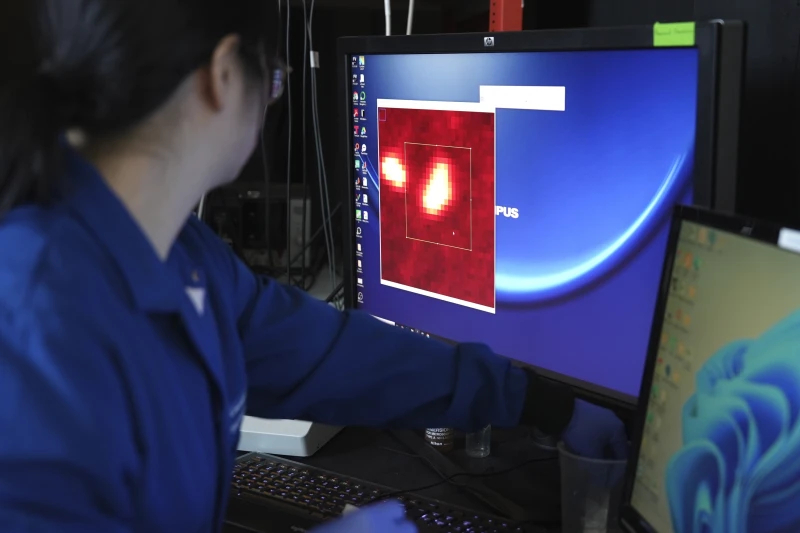
Physical chemist Naixin Qian zooms in on an image created from scanning microplastics with a microscope. Photo: AP
Concerns about fine plastic particles
The study has been praised by other experts, who agree that there is widespread concern about the dangers of fine plastic particles, but it is too early to say for sure.
"The dangers of plastics themselves are still an open question," said Jason Somarelli, a professor of medicine at Duke University. "To me, the additives are the most concerning... Nanoplastics carry all sorts of chemical additives that can cause cellular stress, DNA damage, and changes in cellular metabolism or function."
Somarelli said his research has found more than 100 known cancer-causing chemicals in these plastics. More worryingly, evolutionary biologist Zoie Diana of the University of Toronto said microplastics can show up in different organs and can cross membranes they are not supposed to cross, such as the blood-brain barrier.
Diana said the new tool the researchers used makes this an exciting development in the study of plastics in the environment and the body.
About 15 years ago, physical chemist Wei Min invented a dual-laser microscope technology that identifies specific compounds by their chemical properties and how they resonate when exposed to a laser. Qian and study co-author Beizhan Yan of Columbia University later talked to Min about using the technique to find and identify microplastics.
Environmental chemist Beizhan Yan said he is starting to look into whether microplastics are present in other municipal water supplies in Boston, Los Angeles and elsewhere. Previous studies of microplastics have found that tap water has less nanoplastics than bottled water.
Even though the impact of microplastics on human health is not yet certain, Yan still recommends using reusable bottles instead of disposable plastic bottles.
Ngoc Anh (according to AP)
Source









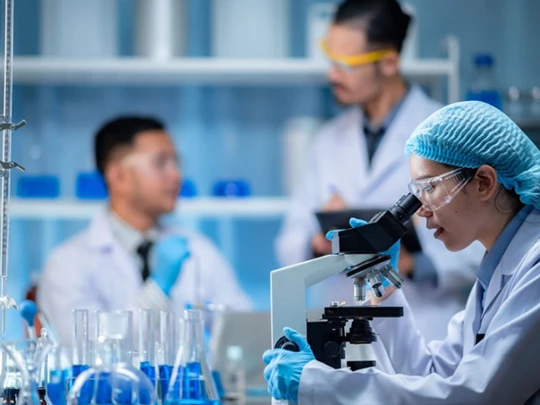

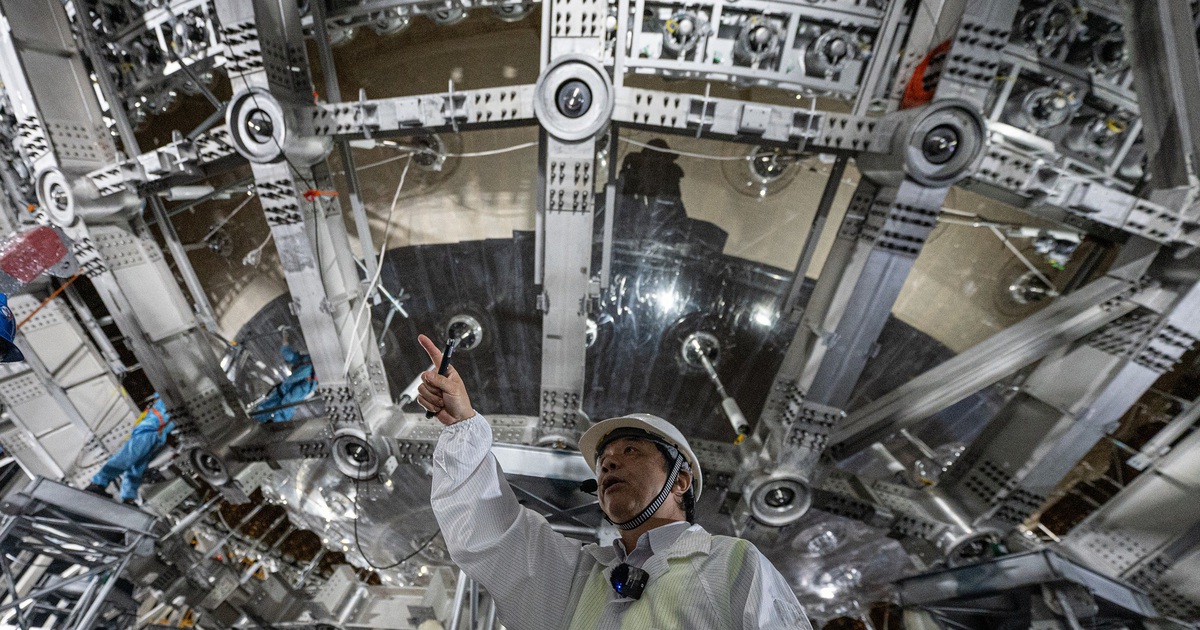


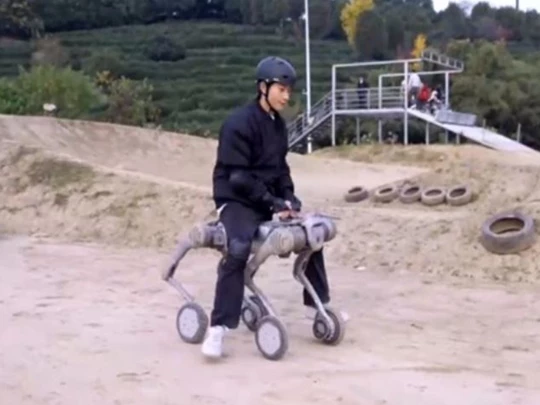
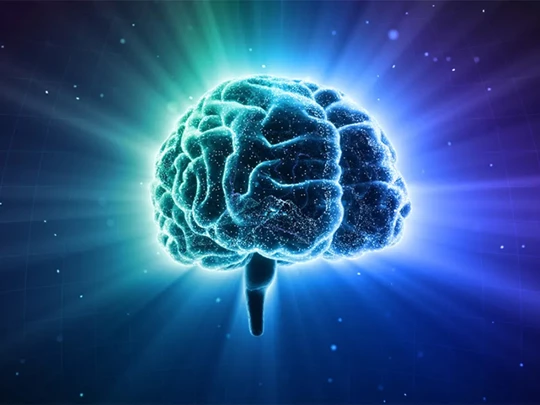








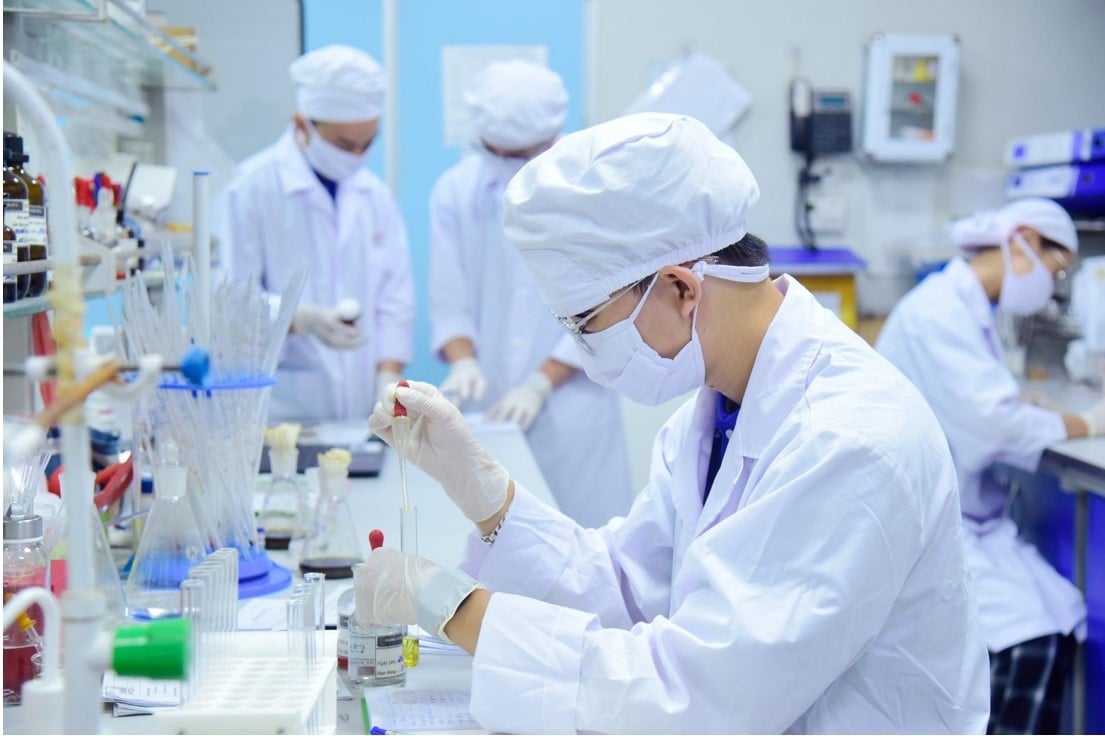






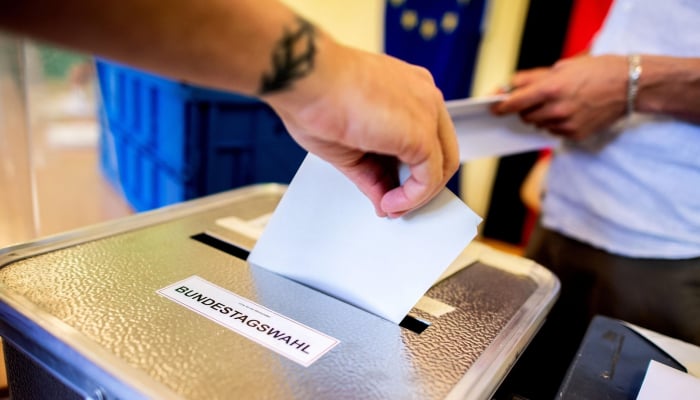









![[Photo] Prime Minister Pham Minh Chinh chairs Government Conference with localities on economic growth](https://vstatic.vietnam.vn/vietnam/resource/IMAGE/2025/2/21/f34583484f2643a2a2b72168a0d64baa)






















































Comment (0)